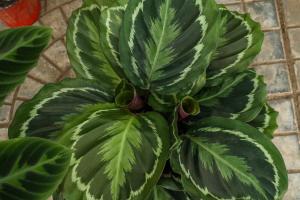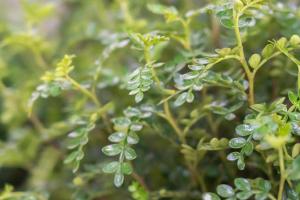Does wind chill affect potted plants?
When winter comes around, many gardeners worry about their potted plants surviving the cold weather. It's true that plants in pots are more vulnerable than those planted in the ground due to limited soil insulation. However, one factor that often gets overlooked when discussing the impact of cold weather on plants is wind chill.
What is wind chill?
Wind chill is the perceived decrease in air temperature that occurs when the wind blows on exposed skin. It happens because the wind removes heat from the body, so the lower the temperature and the stronger the wind, the lower the wind chill temperature. This phenomenon affects not only humans and animals, but also plants.
How does wind chill affect potted plants?
Wind chill can have a significant impact on potted plants, especially when it is combined with low temperatures. The main reason for this is that wind increases the rate of heat transfer from plants to the surrounding air, making them lose heat faster. As a result, potted plants may experience more severe freezing conditions than if they were not exposed to wind chill.
In addition, wind can also cause physical damage to plants by breaking stems and branches or uprooting them entirely. This is more likely to happen when the wind is strong and gusty, as it may cause the pots to tip over, damaging the plants.
How can you protect your potted plants from wind chill?
If you live in an area prone to cold winds, there are several steps you can take to protect your potted plants:
Move the plants to a sheltered location, such as a porch or a protected corner of your garden. This will help reduce the impact of wind chill on your plants.
Wrap the pots with insulating material, such as bubble wrap or hessian cloth. This will help retain heat and protect the roots from freezing.
Group the pots together to provide some mutual protection. This will help reduce the impact of wind chill on individual plants.
Bring the pots inside your house or a heated greenhouse if possible. This is the most effective way to protect your potted plants from wind chill and cold temperatures.
Conclusion
In conclusion, wind chill can have a significant impact on potted plants during the winter months. It can cause them to lose heat faster and experience more severe freezing conditions than if they were not exposed to wind. As a gardener, it's important to take measures to protect your potted plants from wind chill, such as moving them to sheltered locations, wrapping them with insulating material, or bringing them inside your house or a heated greenhouse. By doing so, you can help ensure that your potted plants survive the winter and thrive in the seasons to come.

 how many times do yo...
how many times do yo... how many planted tre...
how many planted tre... how many pine trees ...
how many pine trees ... how many pecan trees...
how many pecan trees... how many plants comp...
how many plants comp... how many plants can ...
how many plants can ... how many plants and ...
how many plants and ... how many pepper plan...
how many pepper plan...
































